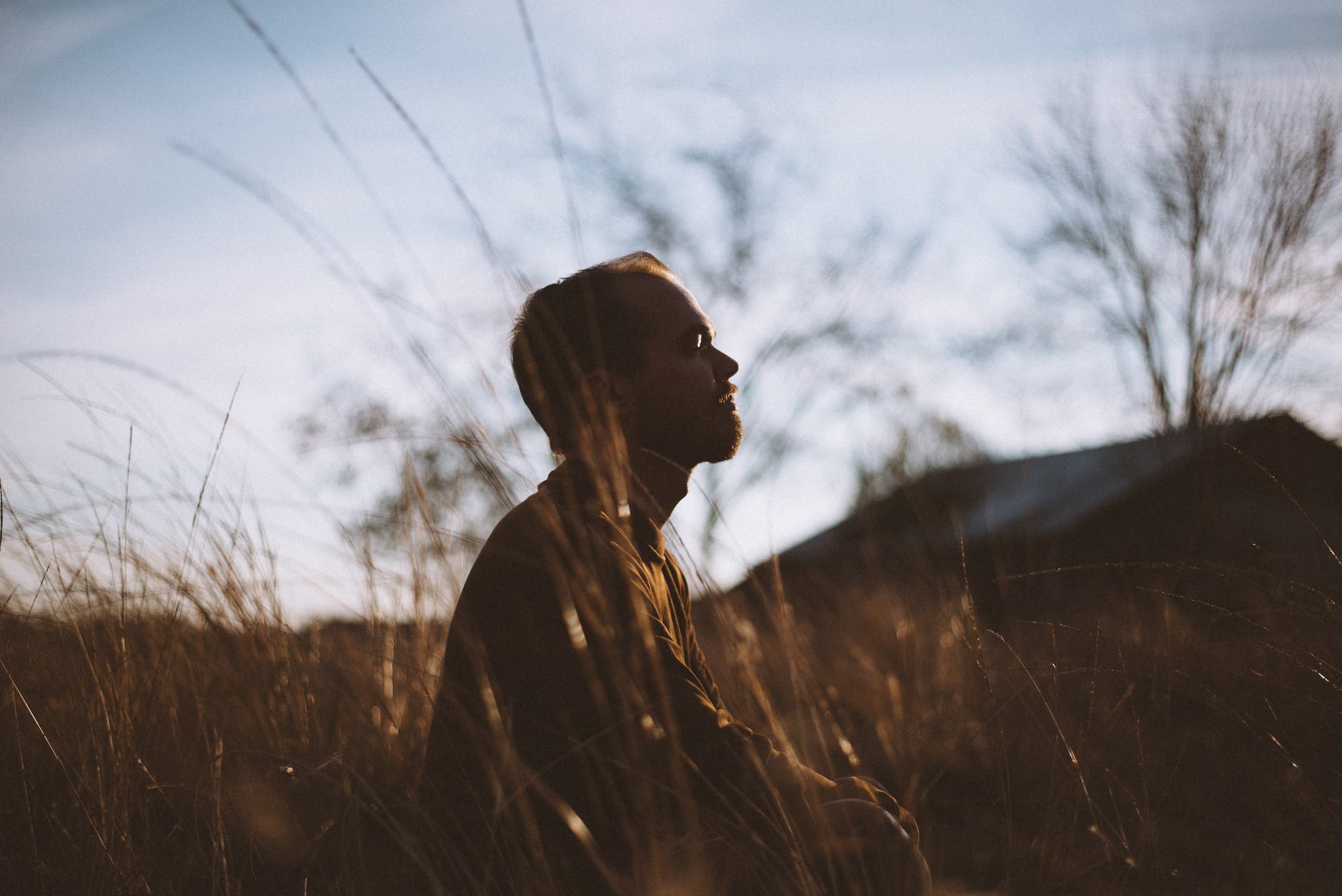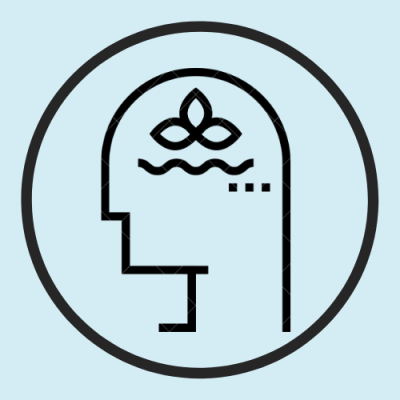
Meditation has been used for thousands of years to help people become aware of what is going on in their mind and body. Through developing this awareness we are able to take a step back and observe the thoughts that go through our mind, the feelings that arise in our body, and our reactions to events occurring around us. In mediation we learn to observe but not to judge our thoughts, feelings, and behaviours and to see how they affect the world around us and our relationships. When we learn to observe ourselves with greater awareness and clarity, we also learn to observe others with greater clarity, and we are able to bring more compassion and love into our lives. We become more aware of the impact of our thoughts, feelings, and behaviours on ourselves and others, and we are able to step back and recognise patterns that we have been repeating.
When we get into the habit of observing our thoughts, our feelings, and our behaviour, we begin to understand how our actions affect others around us. Meditation is not a one-time thing. It is a way of living and a way of learning how to observe our thoughts and feelings, how to avoid getting lost in them, and how to observe these ideas and emotions without judgement. Meditation is about learning how to live with greater awareness and clarity.
Meditation is easy to begin but takes a lifetime of practice. These four steps will help you to begin your own regular meditation practice:
- Find a quiet place where you will not be disturbed. Get comfortable, close your eyes and begin to turn inward. You do not have to be in any particular position to meditate. Some people like to sit cross-legged and rest their hands comfortably on their knees, but you can also simply sit on a comfortable chair with your feet on the floor.
- When you are ready, begin to follow your breath. Take a few deep breaths, becoming aware of your breath. When you inhale, allow the breath to fill your whole body and when you exhale, allow the breath to leave your whole body. As the breath continues to flow in its own time, begin to focus on the sensations in your body. Be curious about how your body feels and how it changes from one moment to the next.
- Once you are familiar with your body sensations, you can begin to turn awareness to your thoughts. As you continue to be aware of the gentle movement of breath in and out, you can notice how thoughts, feelings and emotions arise and how these thoughts, feelings and emotions affect your life. You can see that thoughts and feelings are like clouds and you can watch them float by and dissipate if you just observe them.
- Next, begin to notice emotions as they rise within you, like the breeze blowing gently through the trees. Feel your emotions flowing through your body or filling your body as they pass through you. You can be present with yourself and allow yourself to notice and feel your reactions, accept them and be with them, understanding that they may be beyond your control.
The more often you practice meditation, the more you will learn about yourself and about your life. As you begin notice your thoughts, feelings, and reactions, you may find that they are created by the mind and that they are not solid things that can be held in our bodies. They can only be held in our mind, and when the mind stops, the thoughts and feelings stop too. Every morning is a new beginning, a fresh start to the day, a time to cleanse your mind and heart, and a time to let go of old habits and open up to new habits. By keeping this in mind you can learn to observe your reactions to stress, sadness, frustration, pain and anger and bring more compassion and love into your life, and use this compassion and love to become a better person, a better friend, a better parent, and help to create a more balanced and happier life.
Download your free 21-day course in The Path of Mindfulness. In this life-changing 21-day mindfulness journey, Dr Allan Kilner-Johnson guides you through a series of self-guided mindfulness exercises and shows you how and when to bring mindfulness into your daily life.
